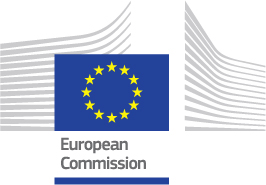Gender gap in basic skills: what teachers can do
Course details
Did you know that research suggests that by the age of six, many girls already believe boys are more intelligent than they are? Or that fewer than 5% of girls in OECD countries say they plan to pursue careers in engineering or computing? Meanwhile, boys consistently underperform in reading and literacy across almost all education systems.
These patterns don’t emerge from ability, they come from expectations, representation, and classroom culture. As educators, we are uniquely positioned to shift that culture. This tutorial offers practical strategies, backed by research and real-world examples, to help teachers build classrooms that challenge gender bias, celebrate diversity, and boost every learner’s confidence.
Whether you’re teaching early learners or teens, you’ll walk away with classroom-ready tools to make a meaningful impact.
The course is offered by the European School Education Platform. Visit our website for more information.
Duration and workload
Start and end date: open-ended, you can take this course (or any section) at your own pace
Duration: self-paced
Workload: 30 minutes
For more information about the competences and the proficiency levels see the SELFIE for TEACHERs toolkit.
Target audience
Early childhood educators, preschool and primary school teachers, and parents who want to foster early reading skills. This tutorial is also valuable for anyone interested in enhancing children's reading readiness and fluency through playful, research-based strategies.
Learning objectives
- Learn how to identify visible and hidden gender bias in teaching materials, interactions, and expectations by studying relevant examples and research.
- Understand the defining role of self-image in childhood and how it shapes learners’ belief in their abilities.
- Reflect on the impact of stereotypes on students’ confidence, motivation, and career aspirations through different examples.
- Be provided with various examples on how to apply inclusive teaching practices that reflect and promote balanced representation and create classrooms that affirm every learner’s potential, regardless of gender.
This content is offered by the European Commission. The European Commission is the European Union's politically independent executive arm. It is alone responsible for drawing up proposals for new European legislation, and it implements the decisions of the European Parliament and the Council of the European Union.

Schedule
- Tutorial roadmap: What you need to know
- Tutorial: Gender gap in basic skills: what teachers can do


